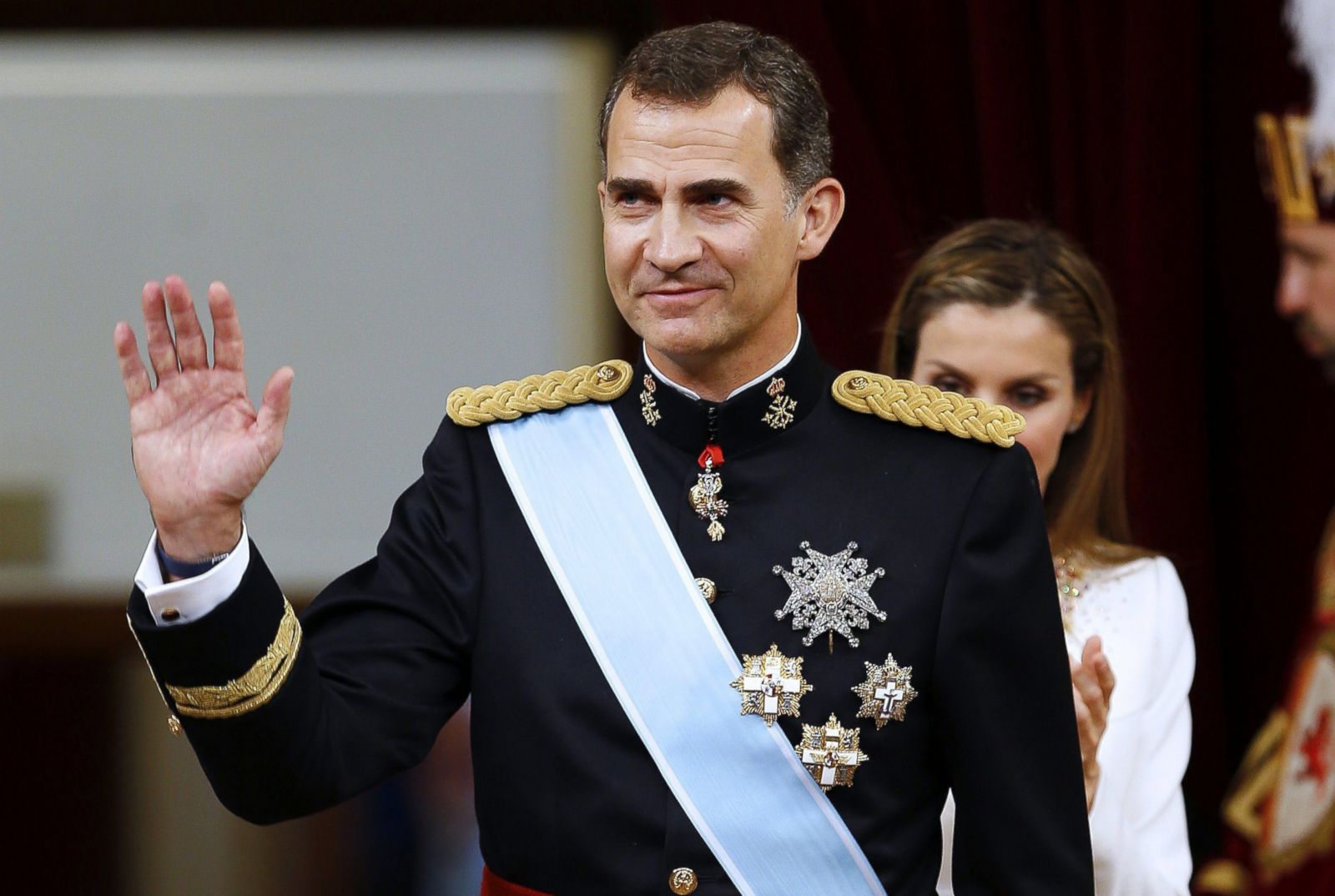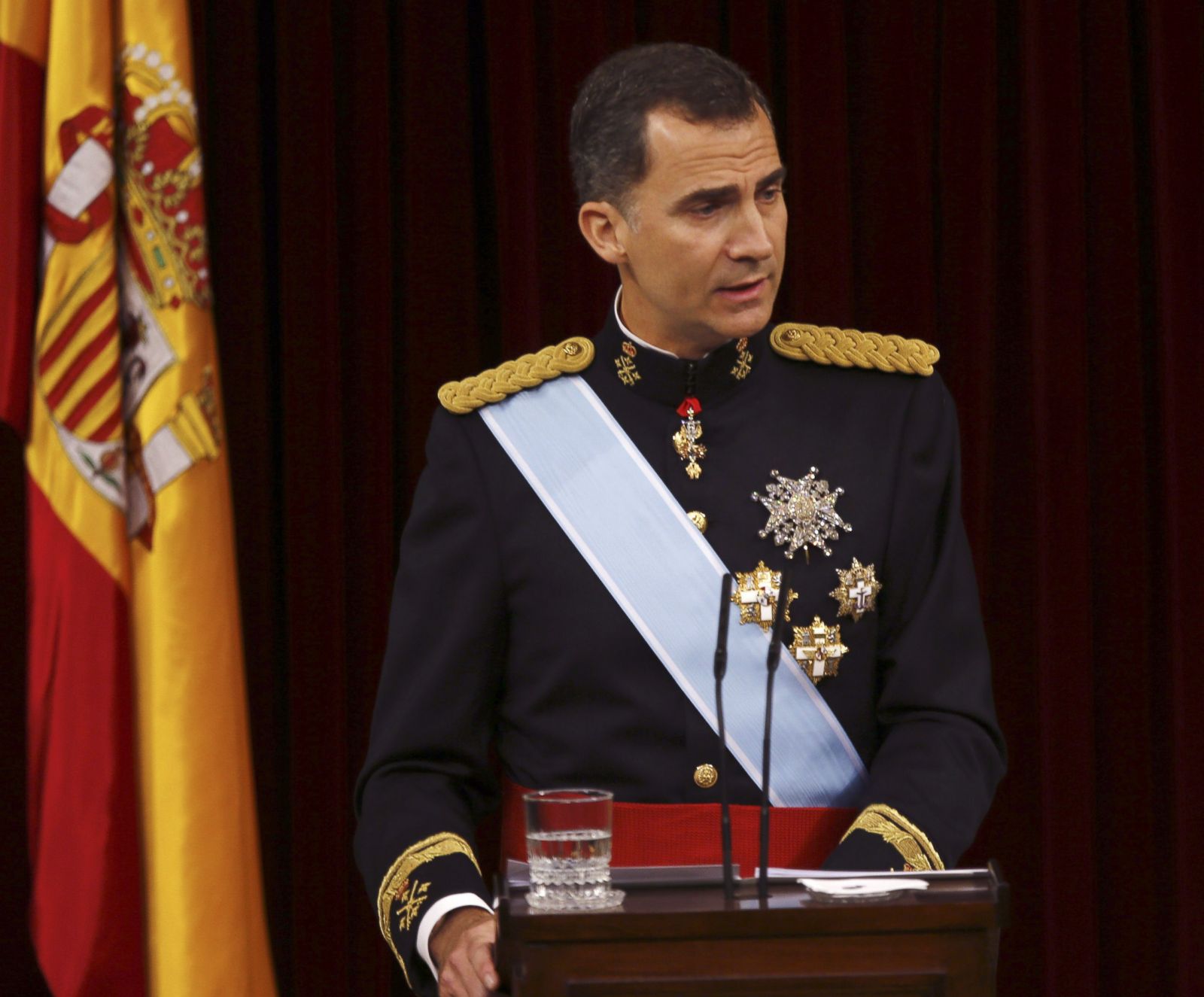Reign and Royal Duties

King of spain – King Felipe VI ascended to the throne of Spain in 2014 following the abdication of his father, King Juan Carlos I. As the reigning monarch, King Felipe VI plays a pivotal role in Spanish society and politics, serving as the Head of State and the symbol of national unity.
Constitutional Role and Relationship with the Government, King of spain
King Felipe VI’s constitutional role is defined by the Spanish Constitution of 1978, which establishes him as the Head of State and the Commander-in-Chief of the Armed Forces. While the King is the symbol of the State and the guarantor of the Constitution, he does not exercise direct political power. The Spanish government is responsible for governing the country and making policy decisions.
Ceremonial Duties and Involvement in State Affairs
King Felipe VI carries out a range of ceremonial duties, including presiding over state ceremonies, receiving foreign dignitaries, and representing Spain at international events. He also plays an active role in promoting Spanish culture and values abroad.
Although the King does not have direct political power, he does have a constitutional duty to consult with the Prime Minister and other government officials on matters of state. He also has the power to dissolve Parliament and call for new elections.
Personal Life and Family History: King Of Spain

King Felipe VI of Spain was born on January 30, 1968, in Madrid, Spain. He is the only son of King Juan Carlos I and Queen Sofía of Spain. Felipe’s personal life has been marked by his family background, education, and interests.
Education and Interests
Felipe received his early education at the Santa María de los Rosales School in Madrid. He then attended the Royal Military Academy in Zaragoza and the Complutense University of Madrid, where he earned a degree in law. Felipe is also a skilled sailor and has represented Spain in international competitions. He is also an avid skier and enjoys playing tennis.
Genealogical Overview
The Spanish monarchy traces its lineage back to the Visigoths, who ruled the Iberian Peninsula from the 5th to the 8th centuries. The current ruling dynasty, the House of Bourbon, came to power in 1700. Felipe is a direct descendant of King Philip V, the first Bourbon king of Spain.
Spain’s King Felipe VI is known for his support of sports, including tennis. His presence at the recent Madrid Open sparked excitement among fans. However, the tournament also witnessed the impressive performance of rising star Carlos Alcaraz, whose slams left opponents stunned.
Despite the absence of Rafael Nadal, Alcaraz’s triumph highlighted the strength of Spanish tennis, a testament to the King’s unwavering support for the sport.
The King of Spain, Felipe VI, is known for his dignified demeanor and dedication to his country. His reign has seen a number of important events, including the marriage of his daughter, Infanta Elena, to Kate Middleton. This union between the Spanish and British royal families has strengthened ties between the two nations and has been celebrated by people around the world.
The King of Spain has also been instrumental in promoting cultural exchange and fostering understanding between different cultures.